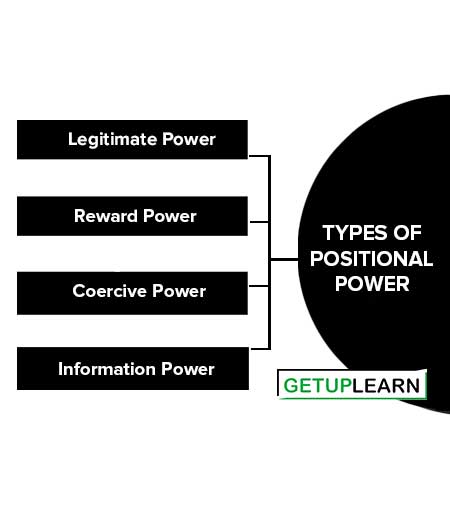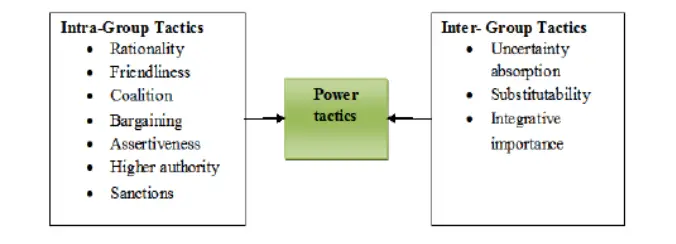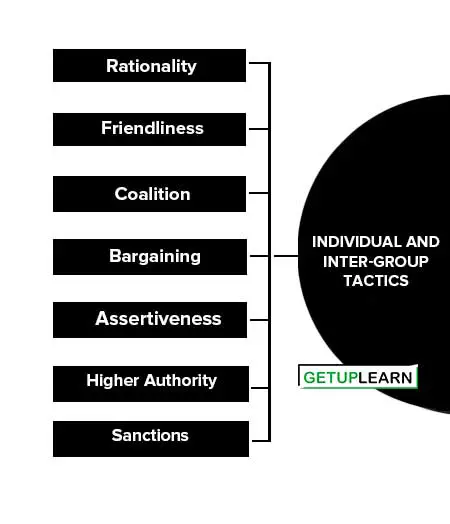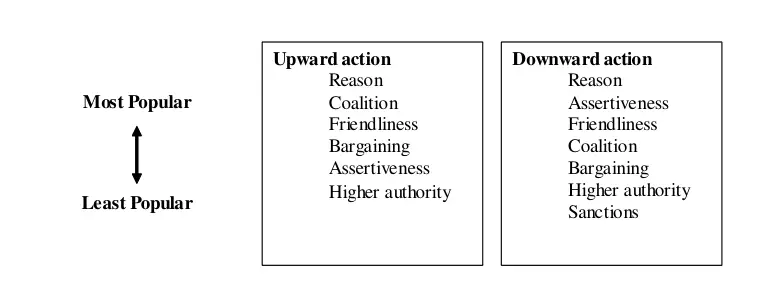Table of Contents
What is Positional Power?
This power is also known as formal power. Positional power emerges from the position that an individual hold in an organization. Thus, it is similar to authority that vests in a position.
The power of position remains the same irrespective of who holds the position. Positional power may be of four types: legitimate, reward, coercive, and information.
Types of Positional Power
These are the types of positional power explained below:

Legitimate Power
Legitimate power is based on agreement and commonly held values allowing one person to have power over another person. It comes from one’s organizational role or position. Such legitimacy can be either formal, as is the case with the organization, or maybe informal, as is the case with social units.
For example, a boss can assign projects, a policeman can arrest a citizen, and a teacher can assign grades. Others obey the requests these individuals make because they accept the legitimacy of the position, whether they like or agree with the request or not. Steve Jobs has enjoyed legitimate power as the CEO of Apple.
Reward Power
Reward power is the ability to grant a reward, such as an increase in pay, a perk, or an attractive job assignment. It is based on one’s control and allocation of material resources and rewards. This power is based on the old saying that ‘wealth is power’.
Reward power tends to accompany legitimate power and is highest when the reward is scarce. Anyone can exercise reward power, however, in the form of public praise or giving someone something in exchange for their obedience. People comply with this power because they get benefits out of their compliance. The symbolic rewards may be in the form of prestige, affection, esteem, etc.
Coercive Power
Coercive power is the opposite of reward power. It is the ability to take something away or punish someone for noncompliance. It is the power that rests upon the application or the threat of application of physical sanctions.
Coercive power often works through fear and it forces people to do something that ordinarily they would not choose to do.
The most extreme example of coercion is government dictators who threaten physical harm for non-compliance. Parents may also use coercion such as grounding their child as punishment for noncompliance. Steve Jobs has been known to use coercion yelling at employees and threatening to fire them.
Information Power
Information power comes from access to and control of information. People in the organization who have information that others need can make those dependent on them.
For example, persons who have access to sensitive information like the organization’s future course of action, confidential financial data, etc., can use this information to influence subordinates’ behavior in a particular way. It is similar to expert power but differs in its source.
Personal Power
Personal power is informal and resides with a person, regardless of his position in the organization. Since personal power lacks organizational authority, an individual’s personal power emerges from his qualities that are unique. These qualities help him persuade others to follow him willingly.
Because of followers’ willingness, an individual with personal power can inspire greater loyalty and dedication in followers than someone who has only positional power. There are three bases of personal power: expert power, referent power, and charismatic power.
Expert Power
Expert power is based on the famous proverb ‘knowledge is power’. This power comes from knowledge, experience, or some special skill. This power occurs when the expert threatens to withhold his knowledge or skill. The implication of expert power is important in the sense that this is related to the individual’s personal characteristics.
Since more organizations are falling under the category of high technology, they will have to utilize the services of these individuals. Steve Jobs has expert power from his ability to know what customers want even before they can articulate it. Others who have expert power in an organization include long-time employees, such as a steelworker who knows the temperature combinations and length of time to get the best yields.
Referent Power
Referent power stems from the personal characteristics of the person such as the degree to which we like, respect, and want to be like them. Referent power is based on identification. Identification is the process of learning wherein a person copies the behavior of another person whom he takes as an ideal.
This may occur in the context of power also. Thus, this power is based on identification. The target of the influence feels attracted to the person having power because of his personality characteristics and tries to behave accordingly.
Charismatic Power
Charismatic power emerges from an individual’s charisma, a quality that is unique. It is the ability to attract others, win their admiration, and hold them spellbound.
Because of this charisma, the individual can articulate attractive visions, take personal risks, demonstrate environmental sensitivity, and is willing to engage in behavior that most others consider unusual.
Charismatic power has been more popular in political fields and some great persons like Mahatma Gandhi, Martin Luther King, etc., had much higher influence without having any significant position in the political party than those having such positions.
Tactics to Gain Power
People use different tactics to gain power. Power tactics are used by individuals on their own, within groups (intra-group), and between groups (inter group) in order to influence people and events. Influence can be used in positive or negative way. When used positively, we can expect beneficial outcomes.

Individual and Inter-Group Tactics

Rationality
Use of facts and data to make a logical or rational presentation of ideas.
Friendliness
Use of flattery, creation of goodwill, acting humble, and being friendly prior to making a request.
Coalition
Getting the support of other people in the organization to back up the request.
Bargaining
Use of negotiation through the exchange of benefits or favors.
Assertiveness
Use of direct and forceful approaches such as demanding compliance with requests, repeating reminders, ordering individuals to do what is asked, and pointing out that rules require compliance.
Gaining the support of higher levels in the organization to back up requests.
Sanctions
Use of organizationally derived rewards and punishments such as preventing or promising a salary increase, threatening to give an unsatisfactory performance evaluation, or withholding a promotion.
Inter-Group Power Tactics
Uncertainty Absorption
There are entail expert groups, industrial relations, for example, in organizations whose services can be used in times of need. When used, such expert group gains power over the users of its service.
Sub-Suitability
In the above example cited above, if the user of the service can find a substitute provider (e.g., an outside consultant), then the power of the specialist can be reduced or eliminated. However, external providers are usually not substitutes for internal experts, provided such groups exist.
Integrative Importance
Integrative importance arises when a group’s services are needed by other groups within the organization in order that the latter can function effectively.
Tactics to Use Power
We can now turn our attention to how people use their power, that is, they translate their power bases into specific actions. Research study suggests that managers hold different tactics to influence their targets. These are as follows:

The research study states that people do not rely on these tactics equally. Since power can be applied upward (when subordinates attempt to influence superiors) and downward (when superiors attempt to influence subordinates), the relative use of various tactics differs in two directions.
It can be seen from the figure that reason is the most popular tactic to use power in both upward and downward directions. Sanctions that can be used only in a downward direction are the least popular.
FAQs Section
What are the types of positional power?
The following are the types of positional power: 1. Legitimate Power 2. Reward Power 3. Coercive Power 4. Information Power.

